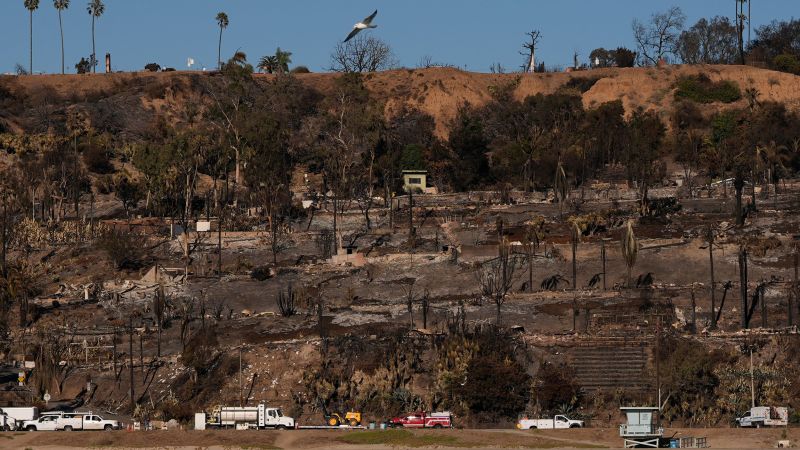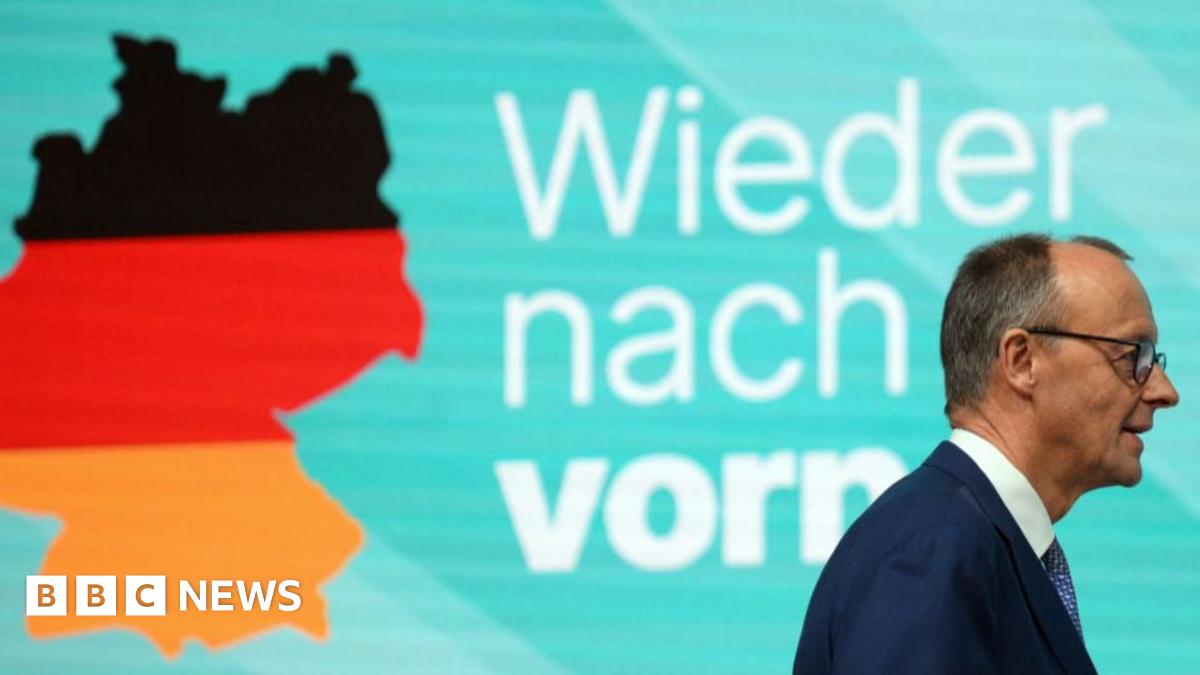Ukraine-U.S. Relations: A Three-Year Post-Invasion Analysis

Table of Contents
Ukraine-U.S. Relations: A Three-Year Post-Invasion Analysis
KYIV/WASHINGTON D.C. – Three years after Russia's full-scale invasion of Ukraine, the relationship between Kyiv and Washington remains a cornerstone of the resistance against Moscow's aggression. The partnership, however, has evolved significantly, shaped by the evolving conflict, shifting geopolitical dynamics, and the inherent complexities of a long-term strategic alliance forged under duress.
The initial response to the invasion was swift and decisive. The U.S. led a wave of international condemnation, imposing crippling sanctions on Russia, and providing substantial military and humanitarian aid to Ukraine. This immediate support proved crucial in the early stages of the war, allowing Ukraine to withstand the initial onslaught and prevent a swift Russian victory. The Biden administration, while initially hesitant to provide certain advanced weaponry, gradually escalated its military assistance, supplying Ukraine with billions of dollars worth of equipment, including HIMARS rocket systems, Javelin anti-tank missiles, and Patriot air defense systems. This assistance, while welcomed by Kyiv, also sparked debate within the U.S., with some questioning the scale and duration of the commitment.
Beyond military aid, the U.S. has played a critical role in coordinating international support for Ukraine. Working closely with NATO allies and other partners, the U.S. has spearheaded efforts to impose sanctions, provide financial assistance, and ensure the flow of humanitarian aid. This multilateral approach has been instrumental in isolating Russia internationally and limiting its ability to wage war. However, maintaining a unified international front has proven challenging, particularly as the war has dragged on and economic pressures have mounted on some countries.
The sustained nature of the conflict has tested the resilience of the U.S.-Ukraine relationship. While the level of military and financial aid remains substantial, there have been instances of differing perspectives on the strategic approach to the war. Discussions regarding the potential for negotiations and the definition of victory have occasionally highlighted subtle disagreements between Kyiv and Washington. This reflects the inherent challenges of a strategic partnership during a prolonged and intense conflict, where immediate needs often clash with long-term strategic objectives.
Furthermore, the U.S. has faced domestic political pressures regarding its support for Ukraine. While bipartisan support for Ukraine remains strong, debates continue over the allocation of resources, the potential for escalation, and the broader implications for U.S. national security. These debates, often amplified by partisan politics, have at times complicated the administration's efforts to maintain a consistent and decisive response.
Looking ahead, the U.S.-Ukraine relationship is likely to remain crucial for the future of the war and the broader geopolitical landscape. The ongoing conflict necessitates continued U.S. support, both militarily and financially. However, the sustainability of this support, in the context of domestic political realities and potential shifts in global priorities, remains a key question. The long-term strategic implications of the war, including the future security architecture of Europe and the relationship between Russia and the West, will significantly shape the evolution of the U.S.-Ukraine partnership in the years to come. The need for clear communication, mutual understanding, and a shared vision for the post-conflict era will be vital to maintaining a strong and effective alliance.
Key Figures & Data Points (This section would require updating with the latest available data):
- Total U.S. military and humanitarian aid to Ukraine: [Insert total dollar figure from a reputable source like the Congressional Research Service or the US Department of State]
- Number of U.S. military personnel deployed to Ukraine: [Insert number, clarifying if this refers to combat troops or support personnel. Note: This number is likely to be zero if referring to combat troops.]
- Key policy initiatives undertaken by the U.S. government to support Ukraine: [List key policies, e.g., sanctions packages, military aid programs, diplomatic initiatives]
- Public opinion polls on U.S. support for Ukraine: [Include data from reputable polling organizations reflecting recent public opinion on continued support.]
This article needs to be regularly updated to reflect the evolving situation. The bracketed information above needs to be replaced with the most current and accurate data from reliable sources.

Featured Posts
-
 Artists Weigh Kennedy Center Boycott As Sales Plummet
Feb 25, 2025
Artists Weigh Kennedy Center Boycott As Sales Plummet
Feb 25, 2025 -
 Suv Collision Claims Life Of Paris Cycling Activist Paul Varry
Feb 25, 2025
Suv Collision Claims Life Of Paris Cycling Activist Paul Varry
Feb 25, 2025 -
 States Rights Battle Democrats Confront Trumps Initiatives
Feb 25, 2025
States Rights Battle Democrats Confront Trumps Initiatives
Feb 25, 2025 -
 New Un Resolution On Russia Us Pushes Ukraine For Changes
Feb 25, 2025
New Un Resolution On Russia Us Pushes Ukraine For Changes
Feb 25, 2025 -
 Should You Buy A Fire Damaged Lot In Los Angeles
Feb 25, 2025
Should You Buy A Fire Damaged Lot In Los Angeles
Feb 25, 2025
Latest Posts
-
 Merz Signals Shift In Transatlantic Ties A New Era For Eu Us Relations
Feb 25, 2025
Merz Signals Shift In Transatlantic Ties A New Era For Eu Us Relations
Feb 25, 2025 -
 Will Trumps Latest Tariffs Hit Your Budget
Feb 25, 2025
Will Trumps Latest Tariffs Hit Your Budget
Feb 25, 2025 -
 The Trump Presidency One Month Of Unprecedented Foreign Policy Changes
Feb 25, 2025
The Trump Presidency One Month Of Unprecedented Foreign Policy Changes
Feb 25, 2025 -
 Apples 500 Billion Us Investment A Response To China Tariffs
Feb 25, 2025
Apples 500 Billion Us Investment A Response To China Tariffs
Feb 25, 2025 -
 Strong Showing For Far Right As Conservatives Secure German Election Victory
Feb 25, 2025
Strong Showing For Far Right As Conservatives Secure German Election Victory
Feb 25, 2025
